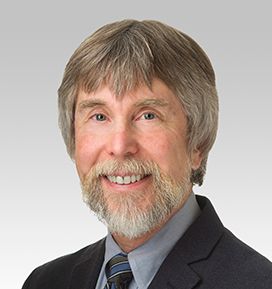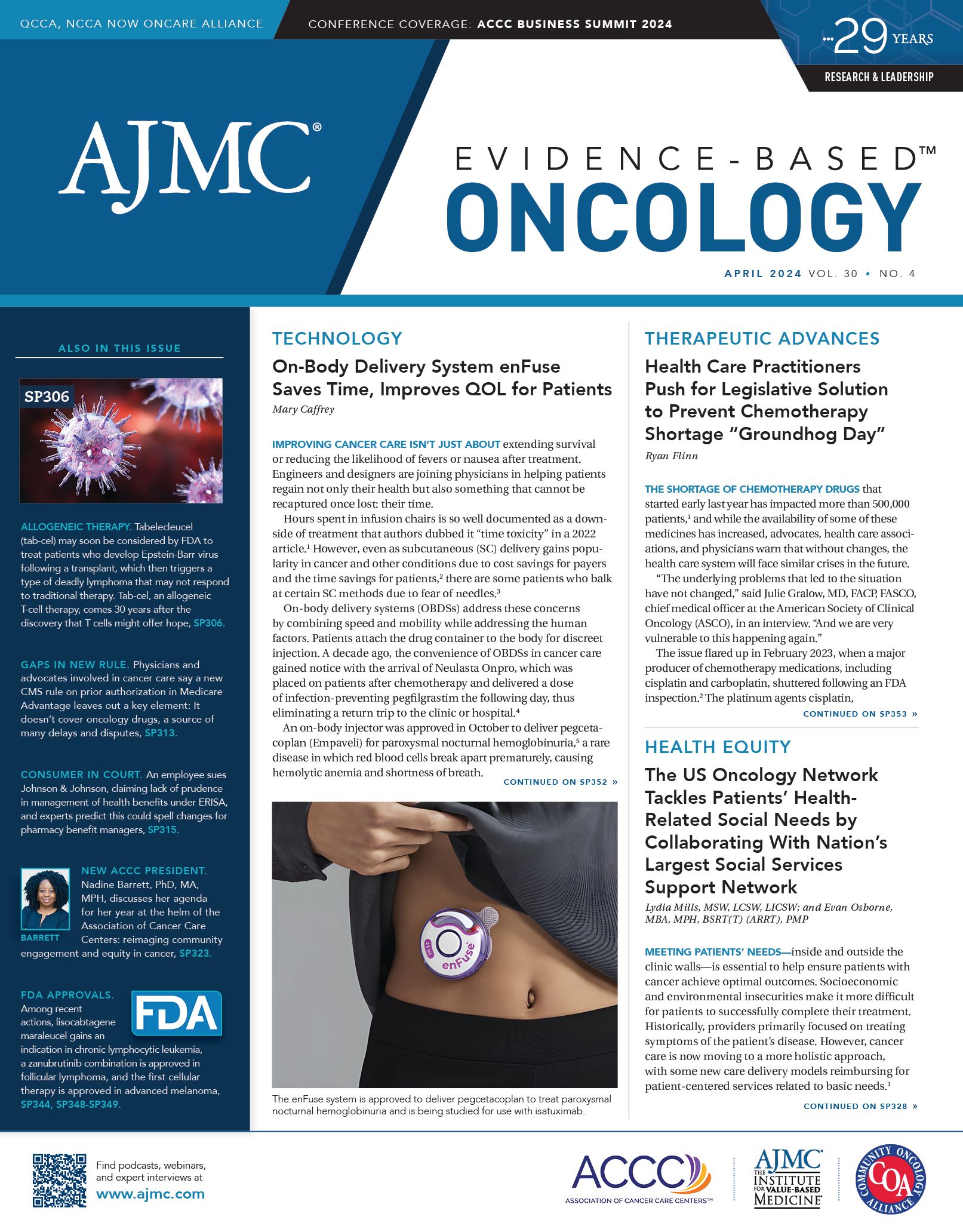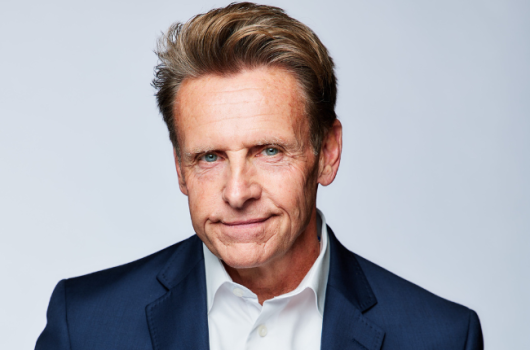Publication
Article
Evidence-Based Oncology
SPOTLIGHT: Reimbursement for Supportive Care in Cancer Starts With Adequate Staffing
Author(s):
Interview with Al B. Benson III, MD, FACP, FACCC, FASCO, professor of medicine at Northwestern University Feinberg School of Medicine.
Comprehensive care delivery is crucial to ensuring optimal outcomes for patients with a cancer diagnosis, but allocating sufficient resources and billing appropriately for these services can be a challenge, Al B. Benson III, MD, FACP, FACCC, FASCO, professor of medicine at Northwestern University Feinberg School of Medicine and associate director for cooperative groups at Robert H. Lurie Comprehensive Cancer Center, explained during an interview with Evidence-Based Oncology (EBO).
Al B. Benson III, MD, FACP, FACCC, FASCO | Image credit: Northwestern

Benson, who previously served as president of the Association of Cancer Care Centers (ACCC), discussed the findings from the 2019-2020 survey, which was conducted to evaluate barriers to comprehensive cancer care delivery.1 (At that time, ACCC was known as the Association of Community Cancer Centers.)
This interview has been edited for length and clarity.
EBO: Could you provide insight into the ACCC national survey regarding the lack of reimbursement for supportive care services in cancer care delivery and the implications of the findings?
Benson: ACCC as part of its mission wants to ensure that every individual has access to comprehensive care and all…the elements. At least 27 elements of comprehensive cancer care that focus on supportive oncology [have been identified]. These are services beyond treatments such as chemotherapy, radiation, and surgery. These are services such as navigation, pharmacy services, chaplain services, and so forth. We understood that many centers were not able to really offer all…these comprehensive cancer services, so we felt we should really investigate this by [means of] a survey.
We had a study team, which included ACCC staff, and ACCC funded the survey. It included people from Northwestern University and [The University of Texas] MD Anderson [Cancer Center]. We used survey methodology—a member of our team is very expert in survey methodology—which we also piloted and validated. It consisted of a series of questions [for] trying to get a handle on what percentage of programs could actually offer these services and how…they [paid] for them. With this survey, we had an excellent representation across the United States of cancer care programs. These were all members of ACCC, and they included people in a rural setting, an urban setting, a suburban setting, and across the country—and also quite a mix of the type of center. There were [National Cancer Institute] comprehensive cancer centers; there were community-based centers. In fact, the majority were actually community-based cancer programs.
What [the findings of] this survey showed is that most of the programs could offer some component of these comprehensive supportive care services. However, there was a significant lack of staffing and a significant lack of funding for these services. Many centers don’t have access to philanthropy and grants [such as] large centers like Northwestern [do], for example, where we can offset some of the costs to provide these services because we do get philanthropy. Also of concern was that, even though the survey was to be answered by the individual or a group of individuals at the center that would have the best knowledge of these comprehensive supportive care services and what they could offer, many could not complete the survey. That raised the issue of whether centers have a really good grasp as to the personnel they need for the services, and what is their case mix—which individuals in their center require these various services? Not every individual needs all 27 services. But it is important to understand which individuals need the services and what percentage of the individuals who come to your center require the services.
In terms of a cancer care model, if you look at the OCM [Oncology Care Model] or the newer EOM [Enhancing Oncology Model]…, we really have to have a handle. These programs are designed to make sure people get comprehensive cancer care, but if the services aren’t being adequately reimbursed, then that’s a problem. Or if centers don’t have a good handle of how many FTEs [full-time equivalents], for example, are needed, that is a problem.
EBO: How might these challenges be addressed by practices?
Benson: In terms of policy, there are several aspects that could be addressed. For example, should there be a demonstration project where we would actually look at at least some components of necessary supportive care and look at the utilization, and look at the amount of time various personnel need to spend offering these services? Also, are there deficits in ability to offer these types of services? Not every practice would be able to actually offer all 27 services, and that’s understandable. But in that situation, it becomes important to have partnerships. So what external partners could help your individual patients obtain the care or interventions that they need?
Also, in terms of policy, telemedicine can become really important to deliver the services. Many of the components of patient navigation, elements of pharmacy services, and genetic services, for example, could be delivered by telemedicine and could be a way to utilize staff more efficiently and offer services to greater numbers of patients. But also, it’s important that these services be reimbursed so that the numbers of FTEs can be provided in a given practice. Also, there’s concern that there are a number of codes that are available—for example, to social workers—that are not actually being utilized. It’s important for each practice to at least be able to generate some component of revenue to support their personnel, and to make sure that the work that’s been done for which there’s a code is billed appropriately, so that at least some revenue is coming to the individual center. Now, there are other services for which there are no codes—for example, pharmacy services and chaplain services—and these too are essential components of comprehensive cancer care. So it’s important that we understand what is the utilization of the services. And if they’re not being appropriately reimbursed, how do we integrate that into care models so that centers truly have the resources they need?
Speaking of resources, it was very clear that people did not have enough personnel. A very high percentage of people did not have sufficient numbers of social workers, genetics individuals, and pharmacy psychologists. That is representative of a workforce deficiency. For us to try to correct that—which of course could affect our training programs, for example—we really have to have a handle across the country. How many people do we need to provide these essential services? There are already data about the deficiency in the numbers of medical oncologists, and that in and of itself is a problem, but we need to understand the entire landscape.






